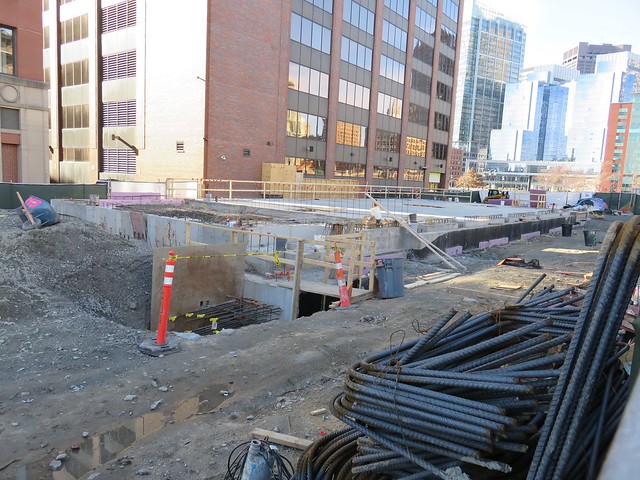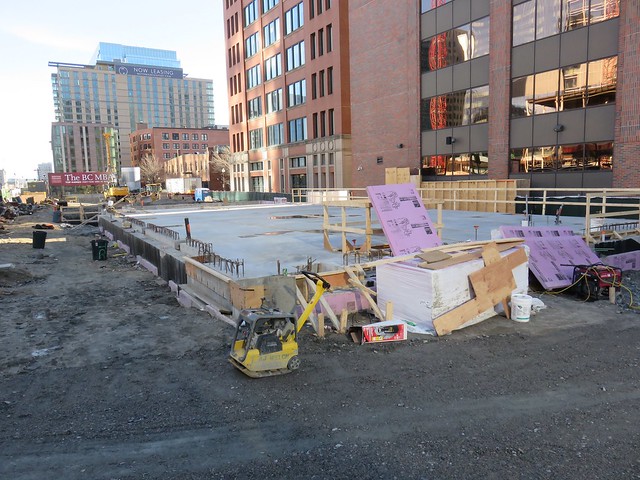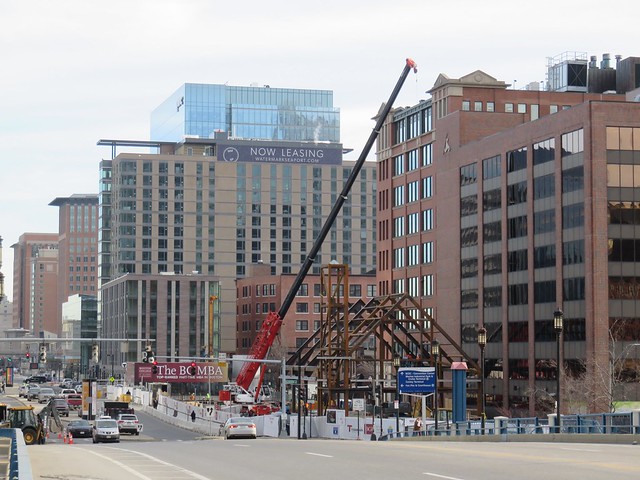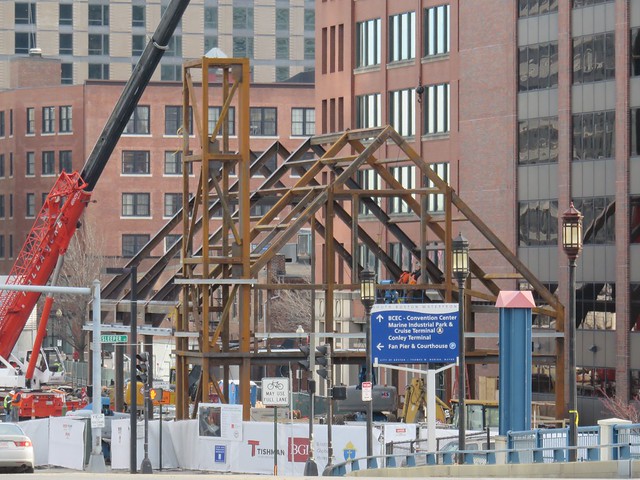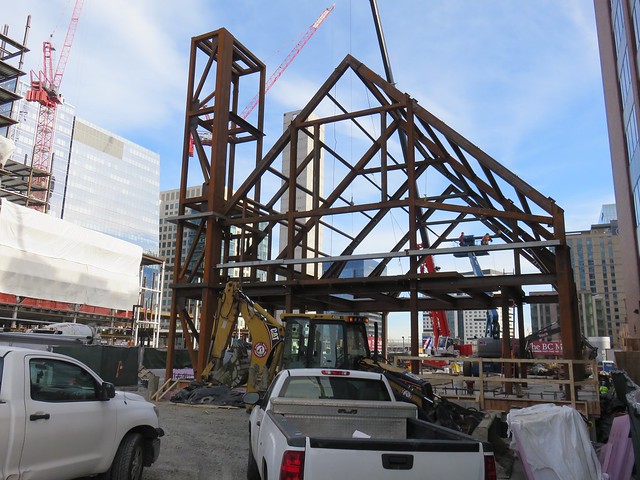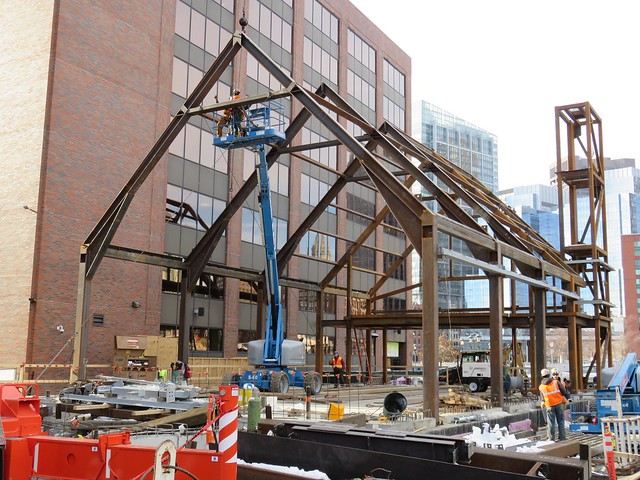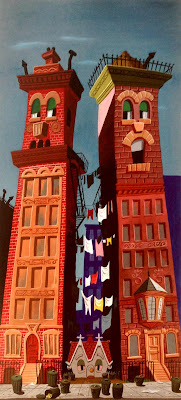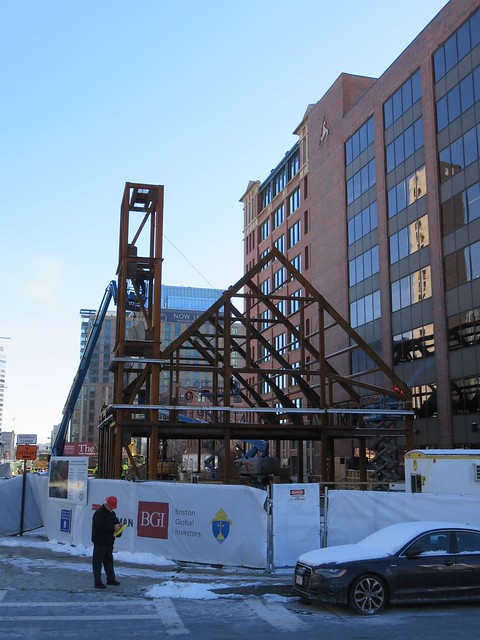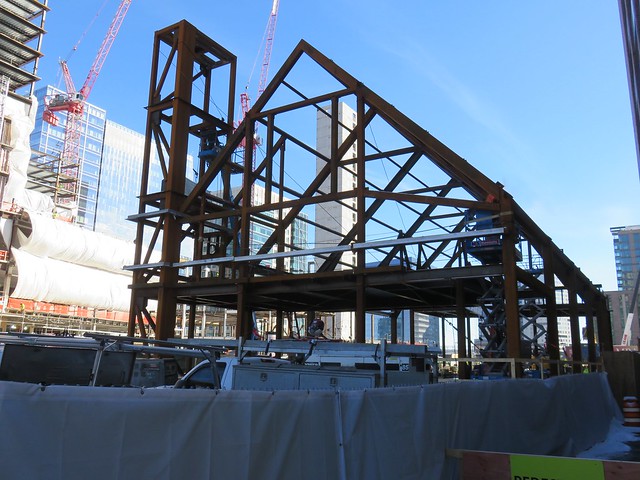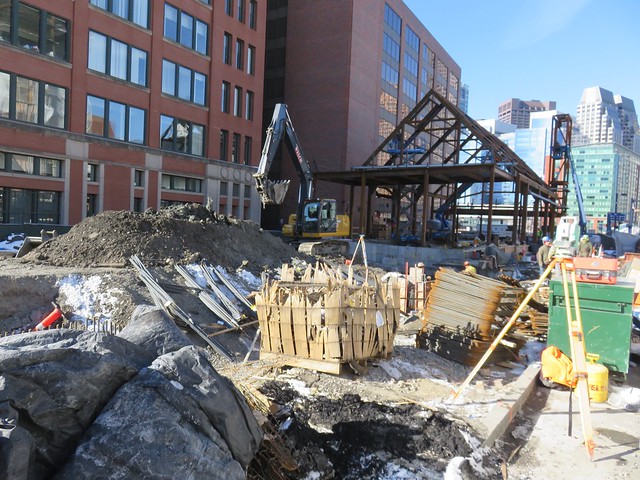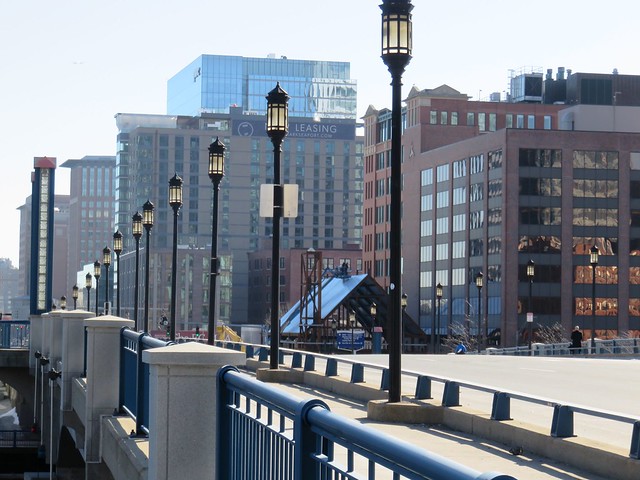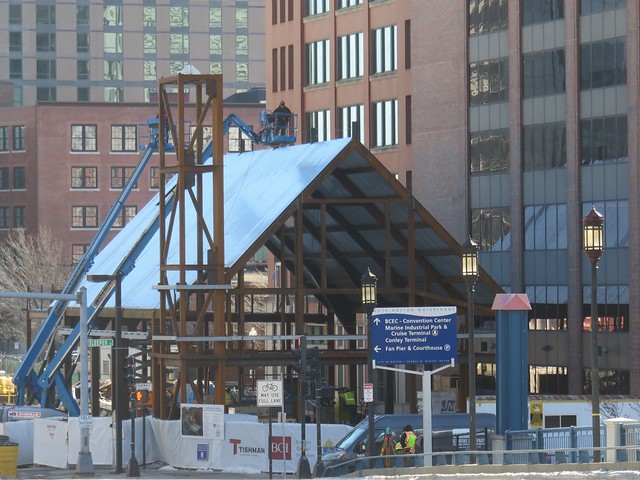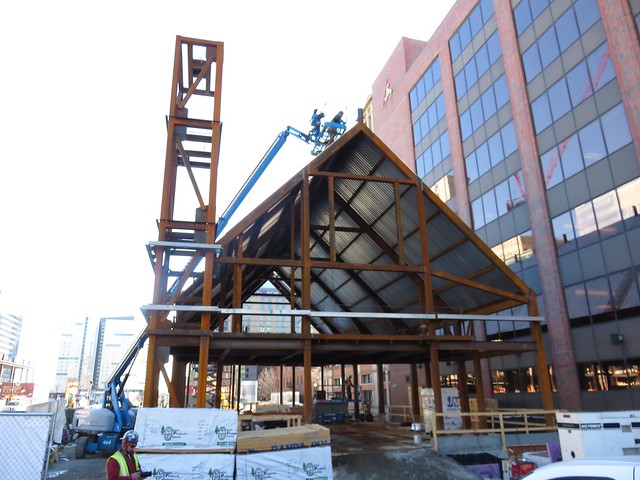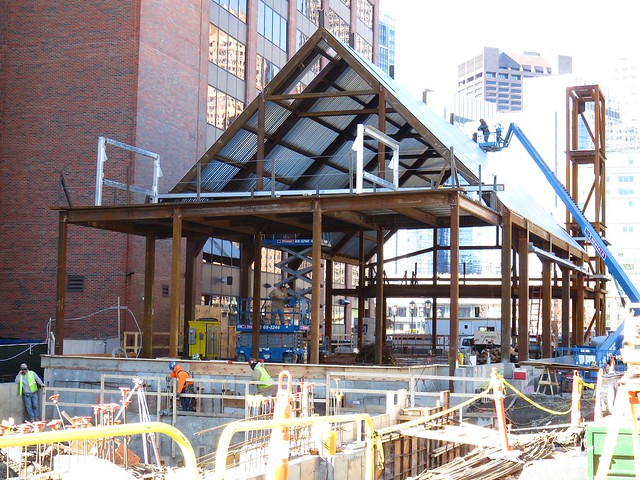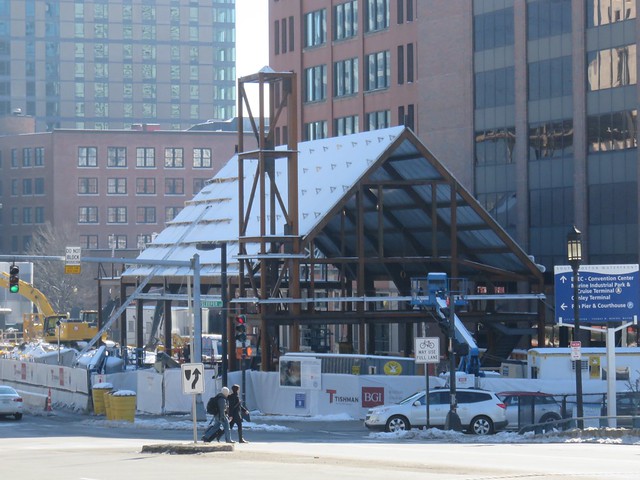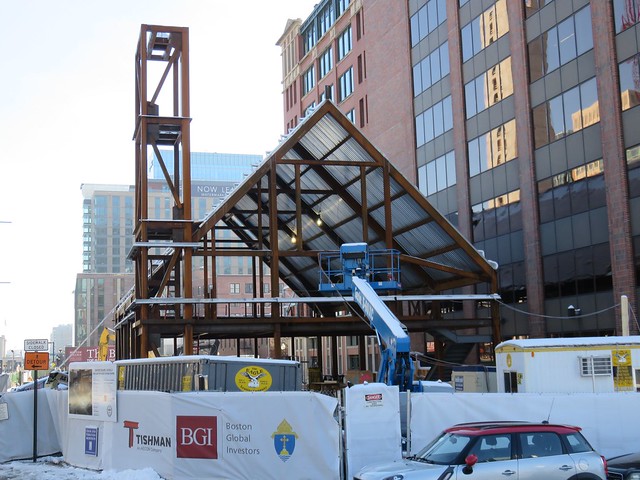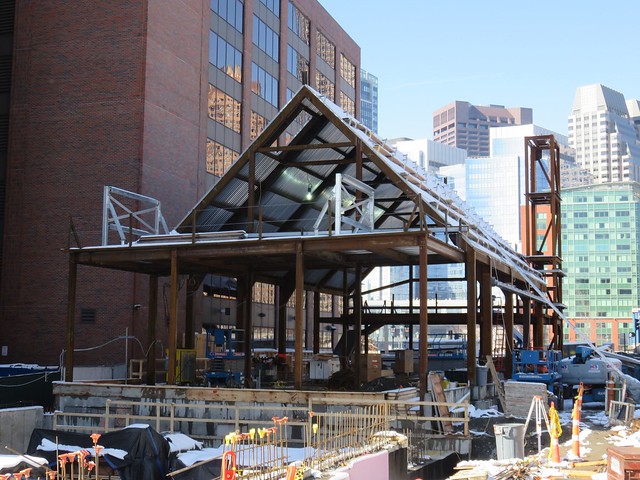Given the fact that churches (especially Catholic Church) are closing in every community and general religiousness is in decline throughout the country, I don't see a need for anything larger or grander than a chapel.
You're overlooking the general trend to "mega churches" (more "a thing" in protestant congregations, but still a trend driven by the same forces that favor fewer, bigger Walmart and Target "super centers" versus smaller neighborhood facilities).
A lot of the parish closing/consolidation you saw was of 1900-1950 era ethnic churches (the "Italian" parish across the street from the "Irish" parish, both of which had lost their ethnic/neighborhood draw by now), and from small churches on a convenience store model (neighborhood walk-to-church ones, which were what worked when you had 8 kids and only Dad's Ford Falcon (or no car) to get there, and hordes of clergy to staff all those storefronts)
Churches are under the same pressure that retail stores are: increase productivity of labor (priests, in this case, who need to serve more congregants per priest than ever) and adapt to changing transportation, commuter, and living patterns.
It favors fewer, bigger, more multi-service buildings.
It is actually small churches that are generally out of date, not big ones, for pretty much the same reasons that small retail everywhere is out of date.
IIRC the Boston Archdiocese modeled out that they could serve the whole diocese with something like 40 superparishes, if they fully adopted the Evangelical model of a big arena in acres of parking. (if they kept consolidating/closing until they got to 40 parishes that were as big as their current top 10)
The current model, of about 200 parishes, is a straddle between staying embedded in neighborhoods and megachurches, and its possible that, in building new-and-small, they passed up something that would have worked as a "destination" church (like St Patricks NYC)

